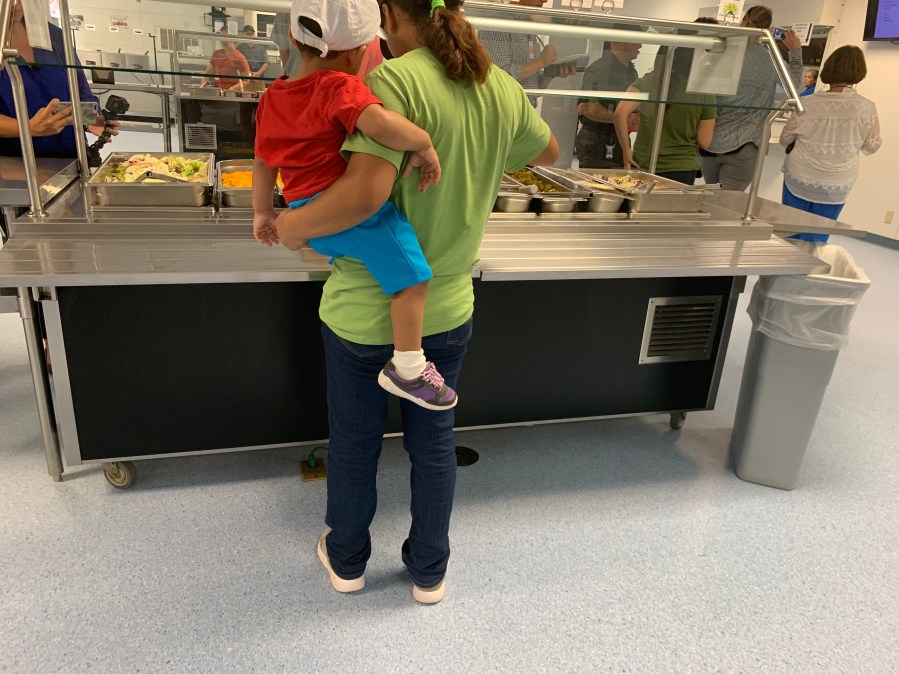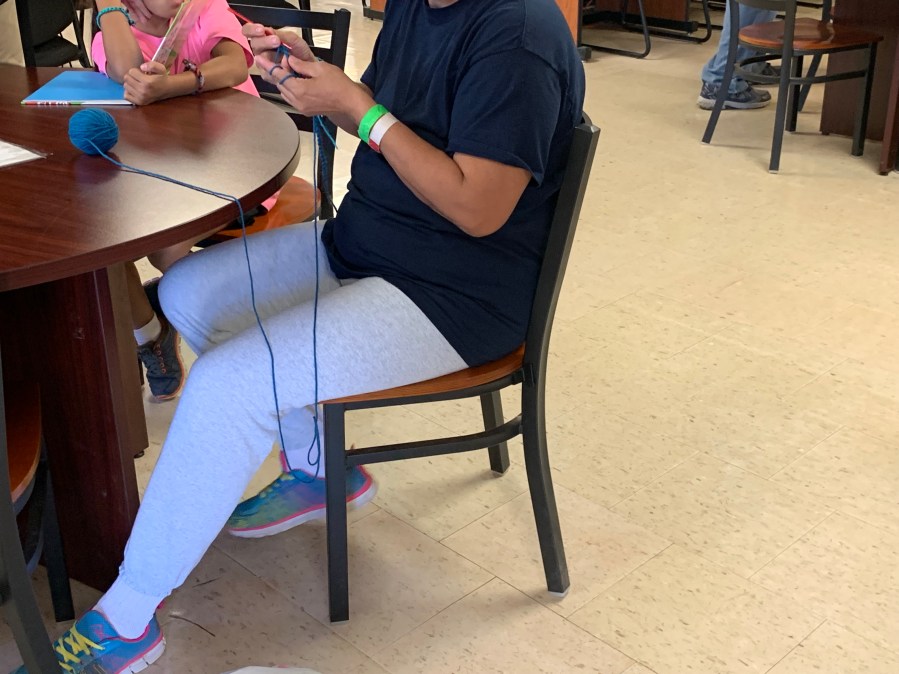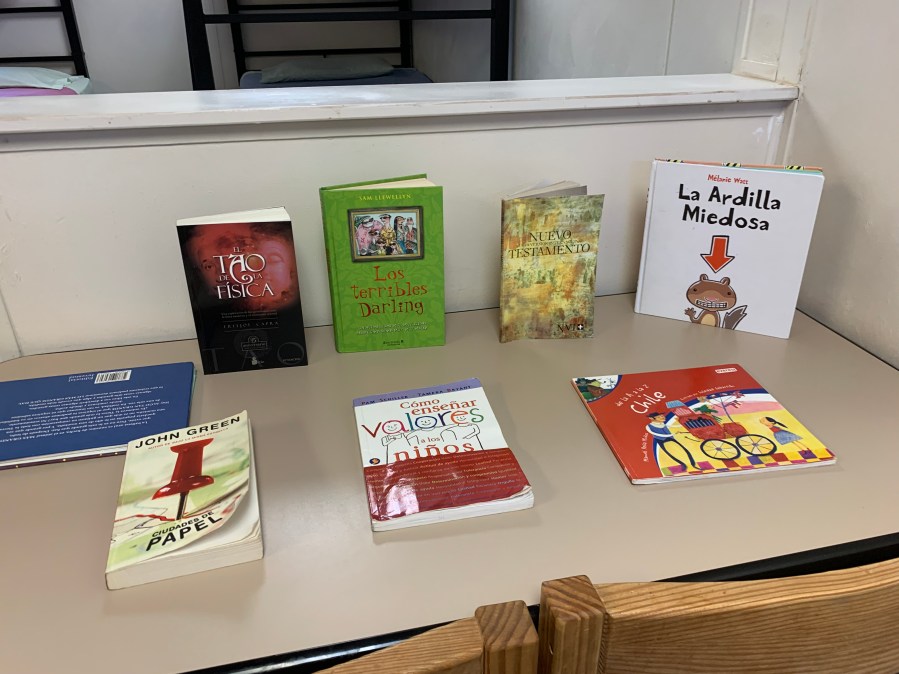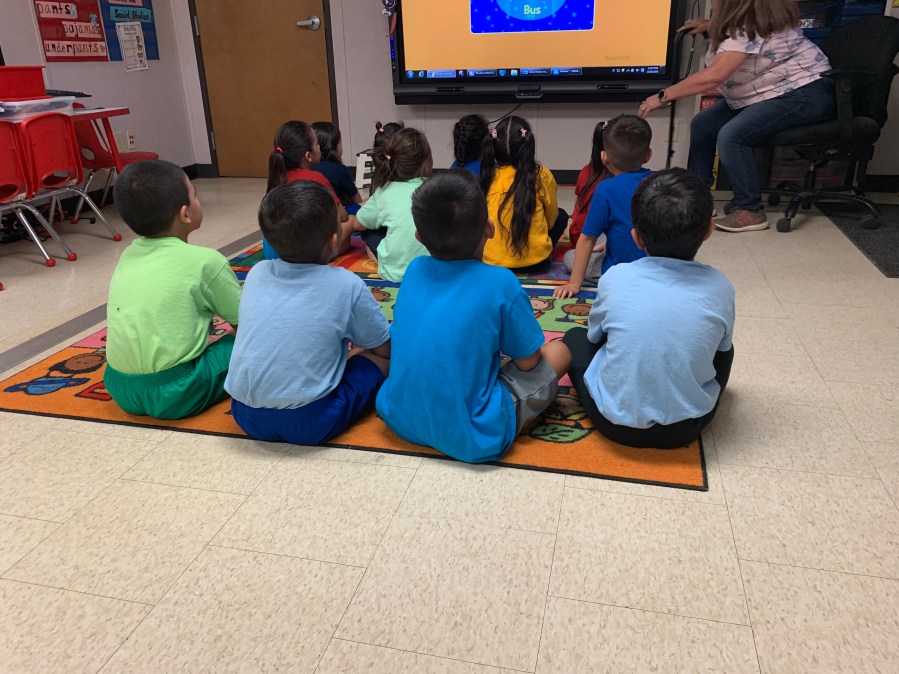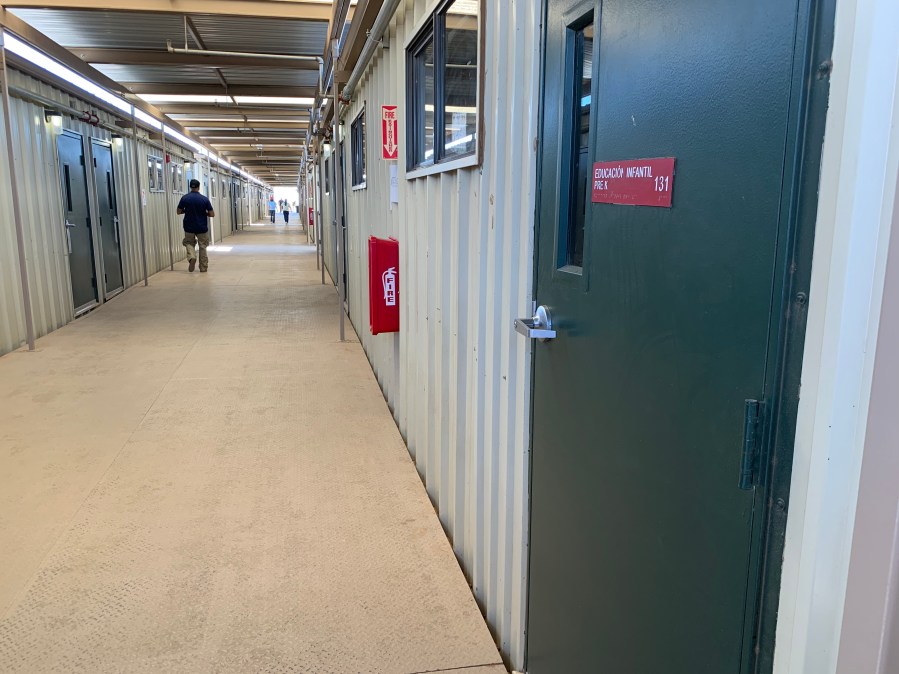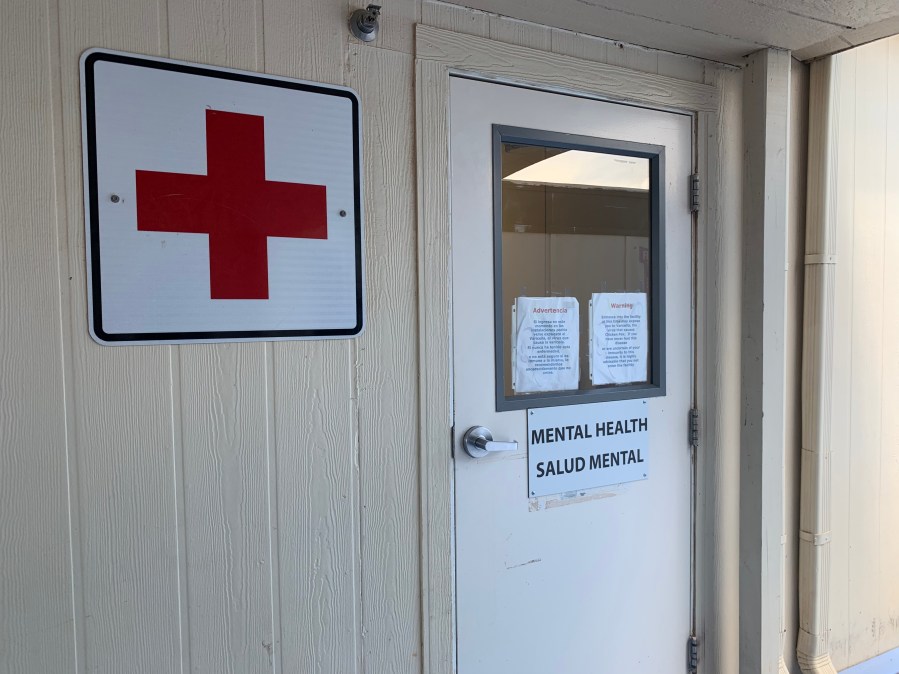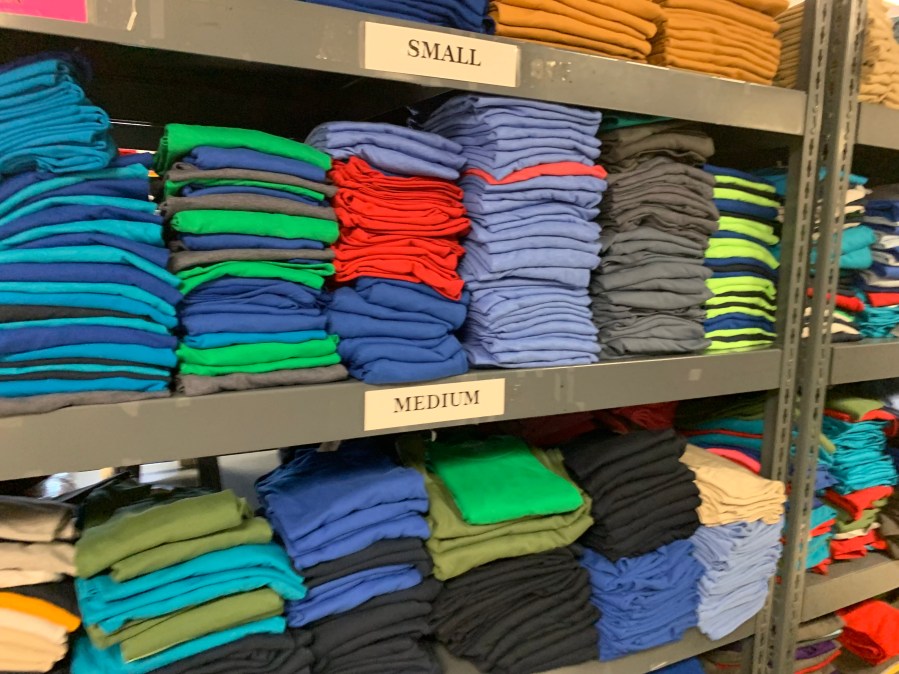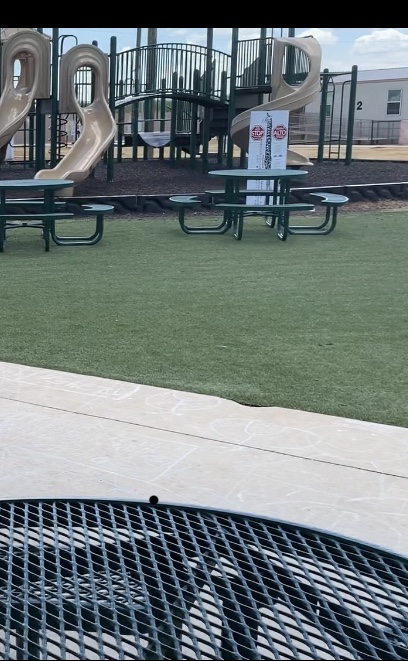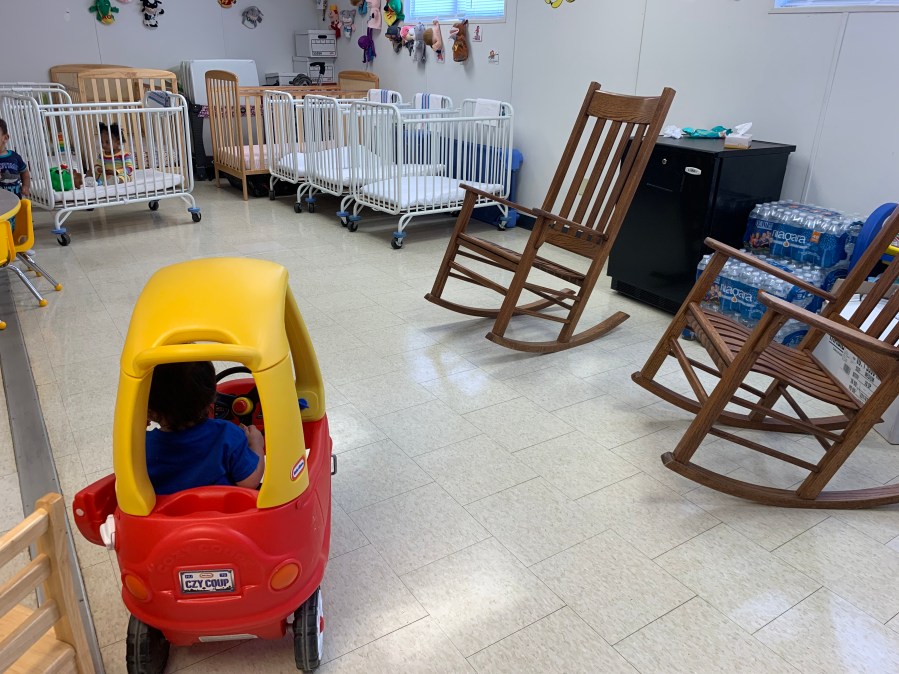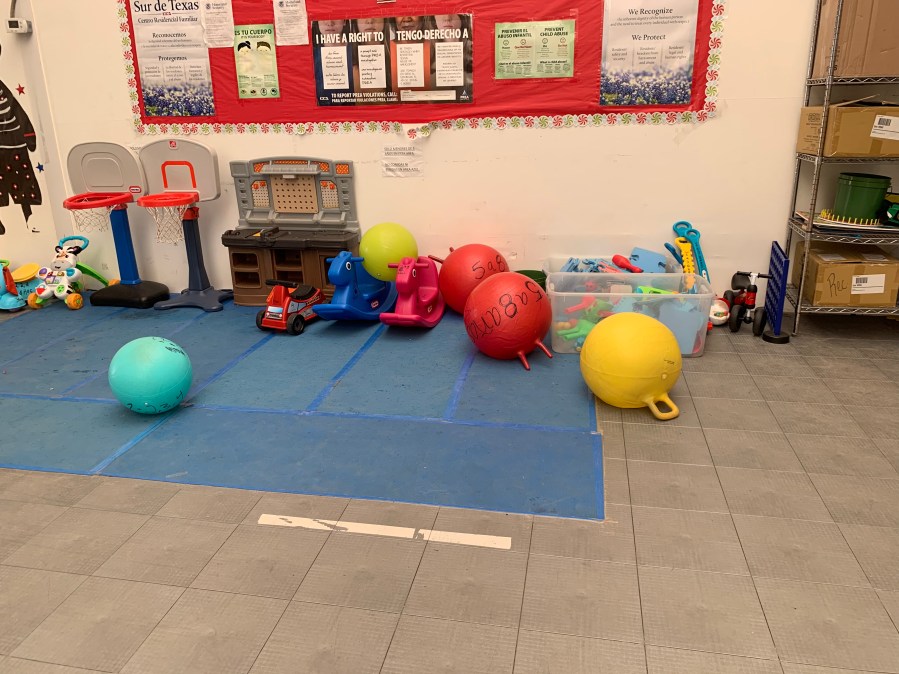DILLEY, Texas (Border Report) — The acting director of ICE personally gave media a rare tour of a family detention facility Friday to dispel what he called “ugly rhetoric” plaguing his agency, and to show the “tremendous” conditions in which the migrants live in South Texas.
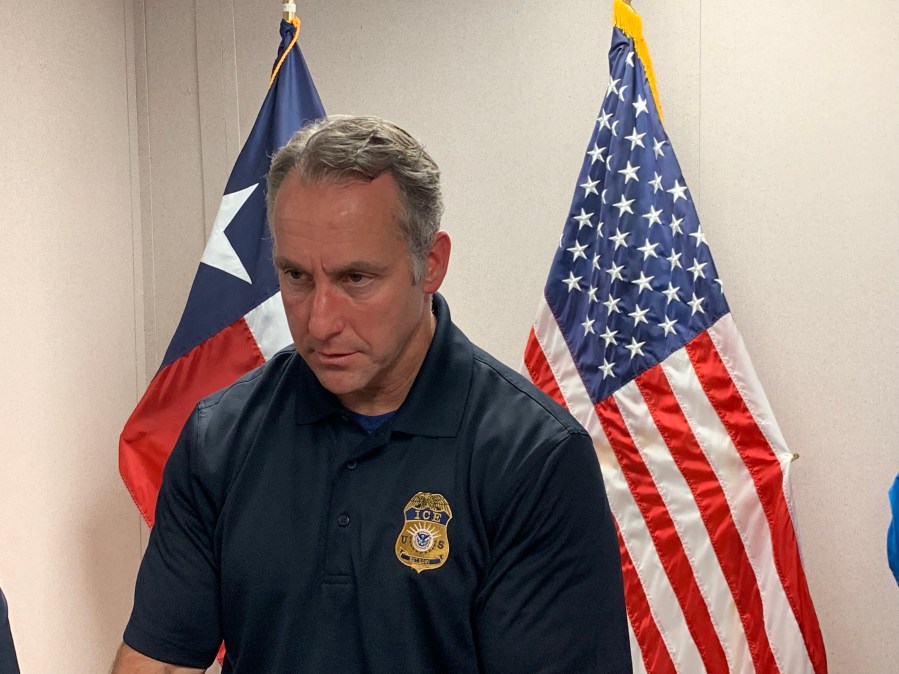
Led by U.S. Immigration and Customs Enforcement Acting Director Matt Albence, Border Report was on the 90-minute tour of the South Texas Family Residential Center, one of only two family residential migrant detention facilities in the United States.
The tour came just two days after the Trump Administration announced a proposal to detain undocumented families together indefinitely, replacing a historic agreement, known as the Flores settlement, that set a 20-day limit for holding children in detention facilities, like this.
Currently, there are 900 women and children living at this facility, which can hold up to 2,400 migrants. It opened in 2014 and is located in a remote stretch of Texas about 115 miles southwest of San Antonio. The other facility is located in Pennsylvania and has less than 100 migrants, ICE officials said.
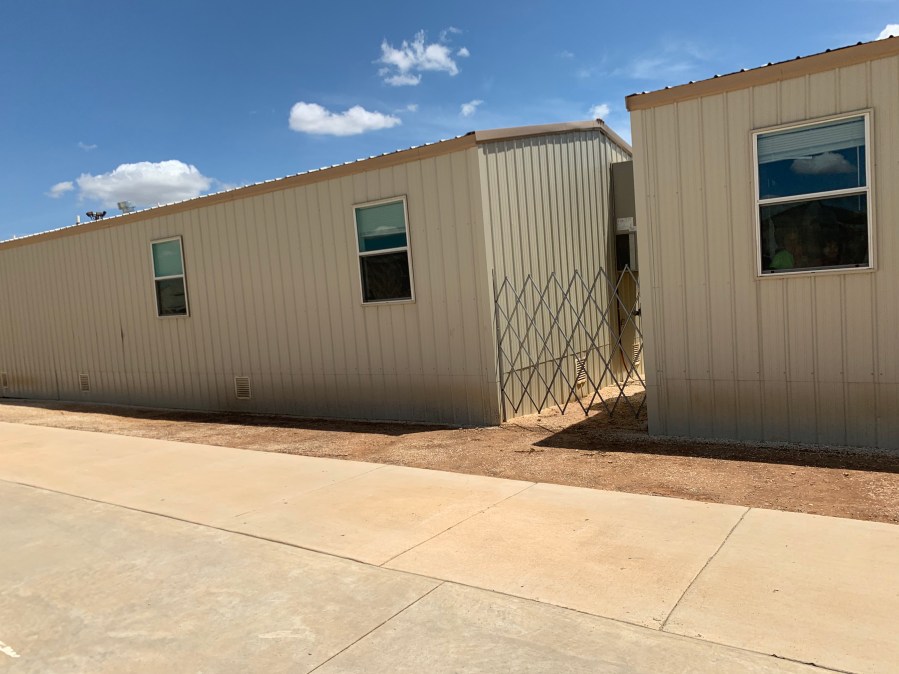
Media, which included national TV and newspaper outlets, were not allowed to speak to any migrants or photograph or film their faces. Nor were reporters allowed to film or directly quote any other ICE agents or staff working at the facility.
Albence explained after the tour that he offered this rare glimpse into the center because he felt too much false information was being disseminated about how his agents care for migrants. He also said it was to show “transparency to the policy makers on the Hill and the American people so they can see the exact care in which these people are being kept.”
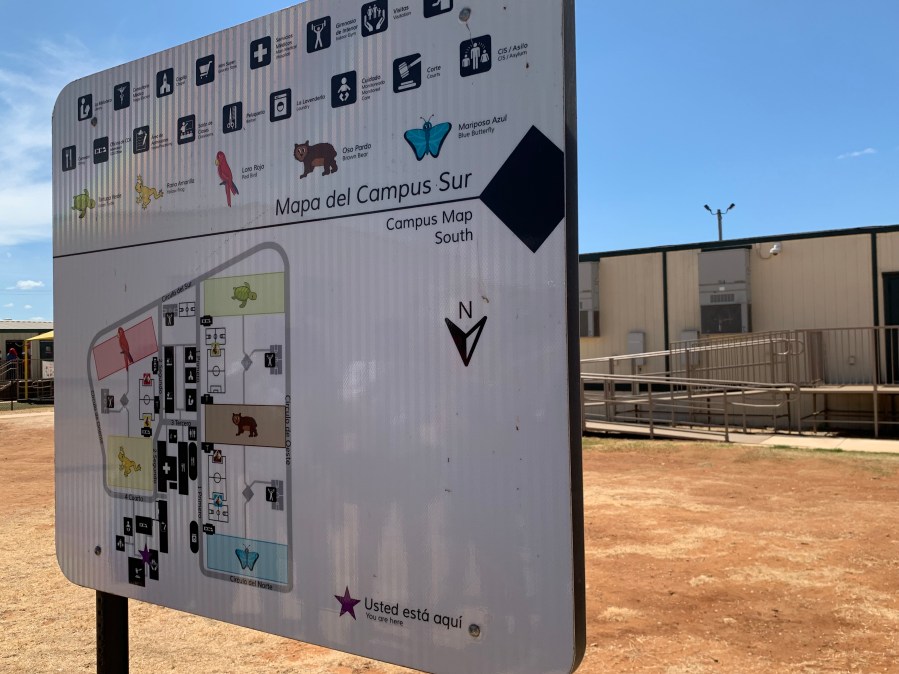
The vast facility, which sits on 55 acres of land, is comprised of five living complexes of tan portables, which can each hold up to 480 residents. The “neighborhoods,” as an ICE official described them, have “child-friendly” monikers like “Green Turtle,” “Yellow Frog,” “Brown Bear,” and “Loro Rojo” and “Mariposa Azul” (Spanish for “red bird” and “blue butterfly,” respectively).
During the lunchtime tour, mothers with children were seen eating together meals of roast chicken and frosted red velvet cake. Afterward, some watched the Academy-award winning animated film “Coco” while munching on popcorn in an indoor recreation center.
There were several outdoor recreation areas with basketball courts and playground facilities. A soccer tournament between the moms of the five different neighborhoods is slated for Saturday “to lift the esprit de corps,” one ICE agent said.
Children attend classes based on their ages through a TEA-certified charter school that is operated on the facility. There are three breaks per year: spring, summer and winter for two weeks at a time. The curriculum incorporates quarterly parent-teacher conferences and monthly field trips.
Two girls walking down the outdoor corridor said “Buenas tardes” and smiled and waved. Other children craned their necks and looked wide-eyed at the media, who entered various classrooms, and listened to 4-year-old preschoolers learning to sing “The Wheels on the Bus.”
There is a library with Internet services, although residents are not allowed to access social media.
There are dental, medical and mental-health facilities with dozens of registered nurses, several family physicians, psychologists and social workers. All state-required vaccines are administered to residents. Flu shots, which are not required, are given to those who request it. Several outbreaks of flu at Customs and Border Protection facilities, including the deaths of several children from the flu, have been reported.
Residents live in pods and officials said they try to keep families together.
There are showers, a commissary where residents can buy snacks, and every pod has free meals.
There is a legal area where residents can watch videos to help them prepare for their credible-fear interviews, which determine whether they are given asylum and allowed to stay in the United States, as they await immigration court proceedings.
There is one room where judicial proceedings with an immigration judge can also be conducted via a teleconferencing.
Every resident is issued a 3-minute phone card to make calls. Those whose families can afford to add time to this card can make more calls.
ICE officials told Border Report that the average length of stay of a resident is 10 days. Although if the Trump Administration does away with the Flores agreement, there is no telling how long families will be held in the future.
The facility was set up for longterm care when it was built in 2014, ICE officials said.
Many immigrant advocates have condemned the Trump Administration for trying to hold children indefinitely.
“The president’s proposal to indefinitely detain children and babies is abominable. Children in detention are particularly vulnerable to long-lasting psychological trauma. The American Academy of Pediatrics finds that detained children are at risk for development delays, poor psychological adjustment, anxiety and depression. The courts knew this, so they strictly limited the time children could be detained. Spurning the science and courts flies in the face of our humanity. We can and we must do better for these children,” U.S. Rep. Filemon Vela, (D-Texas), told Border Report on Friday.
Albence said Friday’s tour should prove that ICE is “caring for the safety and security” of these migrants. And he said he hopes it stops the “name calling” against his agents, which he says “is not fair and not true.”
Sandra Sanchez can be reached at SSanchez@BorderReport.com.

